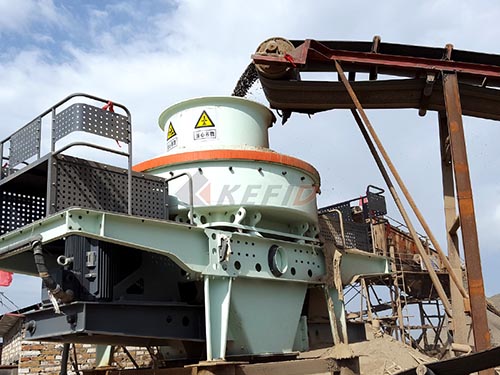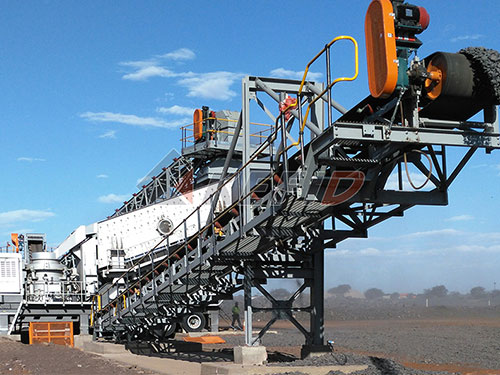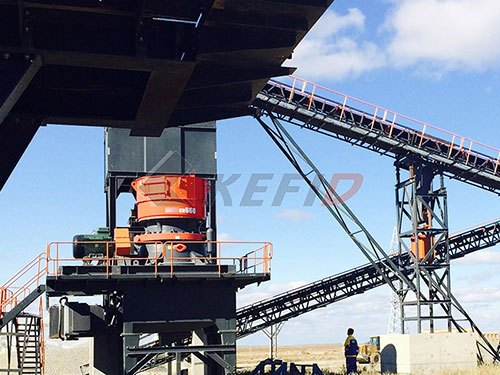Beyond Bandwidth: Demystifying the TCP Crusher & Its Critical Role in Network Resilience

In the relentless pursuit of faster networks and seamless digital experiences, a silent war rages beneath the surface – the battle against congestion collapse and unreliable data flows. At the heart of this struggle lies the Transmission Control Protocol (TCP), the fundamental engine driving most internet communication. Ensuring TCP stacks perform flawlessly under extreme duress isn’t just desirable; it’s mission-critical for businesses relying on robust connectivity. This is where specialized tools known colloquially as “TCP Crushers” enter the stage – powerful instruments designed not for destruction, but for rigorous validation and fortification of network infrastructure.

Understanding the Beast: What Exactly is a “TCP Crusher”?
The term “TCP Crusher” isn’t a formal industry standard but rather evocative shorthand for high-performance network test equipment or software specifically engineered to generate massive volumes of realistic TCP traffic under controlled conditions with pinpoint precision. Think of it less as a sledgehammer indiscriminately smashing connections and more as an industrial-grade stress tester combined with a sophisticated protocol analyzer on steroids.
These tools go far beyond simple packet blasters or rudimentary bandwidth testers like `iperf`. Their core purpose is to:
1. Simulate Extreme Load: Generate millions of concurrent TCP connections (sessions), pushing far beyond what typical servers or network devices encounter in normal operation.
2. Manipulate Traffic Dynamics: Precisely control parameters like connection rates (new connections per second), connection lifetimes (how long each stays open), data transfer rates per connection (including asymmetric upload/download), packet sizes (MSS variations), window sizes (advertised receive windows), latency injection (artificial delays), packet loss/damage/corruption/reordering profiles.
3. Emulate Diverse Behaviors: Simulate different types of clients (“elephant flows,” “mice flows,” varying application behaviors like HTTP/HTTPS browsing patterns or large file transfers) simultaneously.
4. Induce Specific Failure Modes: Deliberately trigger challenging scenarios that cause real-world problems:
SYN Floods & Connection Exhaustion
Zero Window Probes / Stuck Windows
Retransmission Storms
Persistent Congestion Collapse
Path MTU Discovery Failures
Handling out-of-order packets aggressively.
5. Measure Performance Under Duress: Accurately quantify key metrics under these extreme

Leave a Reply